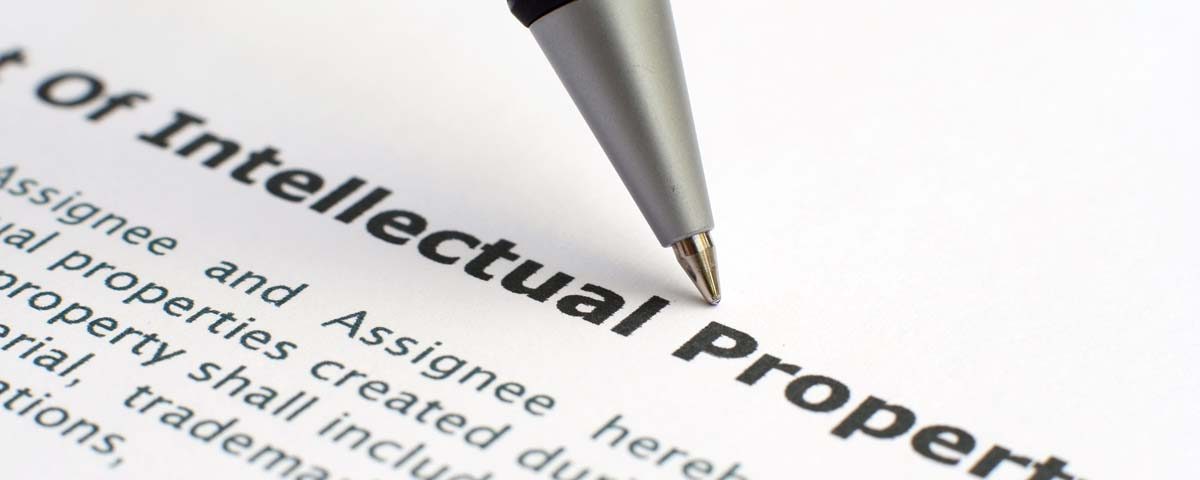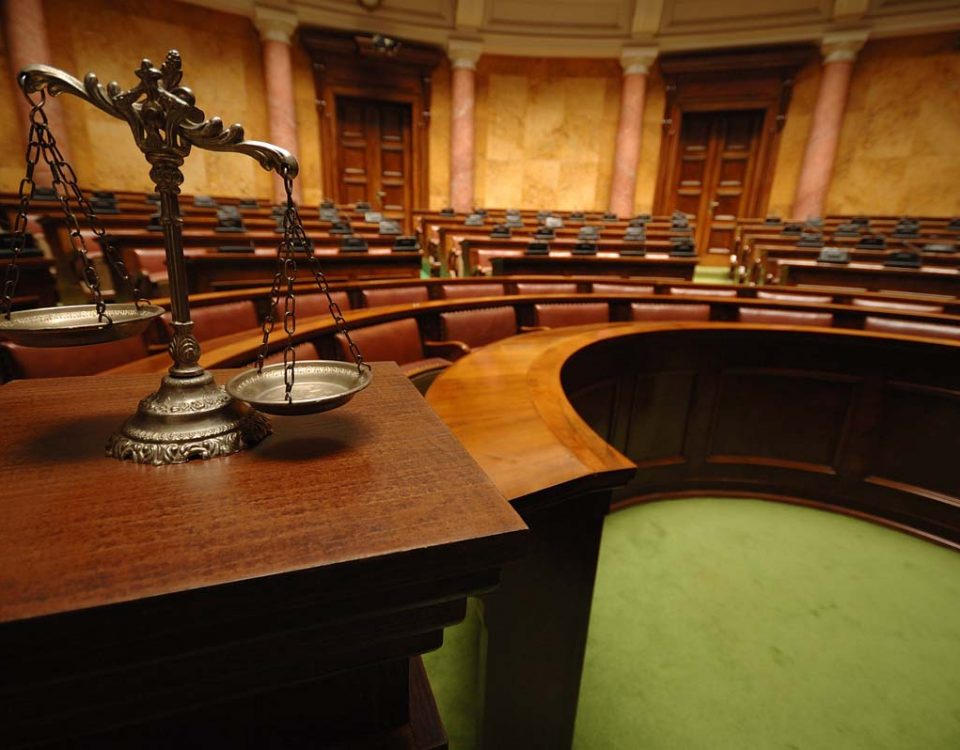
The copyright process deals with the protection of expression. A copyright secures literary, artistic, or informative media by indicating ownership of the work through which it is expressed. Some common forms of copyrighted work are music (recordings or songs), books, films, programs, and visual artwork. Note, when you obtain a copyright for a work, the work has been copyrighted, not copywritten. Copyrights do not directly protect ideas, but the expression of them. A copyright requires some portion of the work to be original.
The purpose of a copyright is to maintain certain exclusive rights concerning a work for its owner. Those rights, which the owner may do or authorize another to do, are copying, adaptation, public distribution (by sales, rental, or otherwise), public performance, and public display of the copyrighted work. The two most significant legal limitations of those rights are ‘fair use’, which allows copyrighted material to be copied, displayed or performed in some cases for educational purposes; and ‘first sale’, which allows the owner of a legal copy of a work to in some cases rent and sell that copy.
A copyright applies to a work from the moment that it is created in a tangible sense. Once the worked is fixed (ie. sound-recorded or written down), the creator owns the copyright to that work. Thus, it is not necessary to obtain government registration of a work in order for it to be copyrighted. It is, however, advisable for a work to be officially submitted to the United States Copyright Office, as that registration provides considerable benefits for protection of the copyright. A work can be registered at any point in the life of the copyright. By current US Law, the duration of a copyright is the author’s lifetime plus 70 years, or simply 95 years in the case of a ‘work-for-hire’ copyright.




